Food Insecurity and Veterans: Three Considerations for Veteran-Serving Collaboratives
As of November 1, 2020, National Veterans Intermediary (NVI) is called the Local Partner Network. Older content may reference our original name.
“Do I pay my rent, or feed my kids?”
“If I skip dinner for the next week, can I afford my meds?”
“Where will my next meal come from?”
Those are the very real questions people face when they experience food insecurity. Food insecurity is anxiety-provoking, detrimental to health, and stigmatizing despite how common it actually is. And now, it’s more common than ever due to COVID-19’s devastating impact on employment rates, small businesses, and, therefore, Americans’ incomes. Veterans—and service members, especially those at junior ranks—are not safe from food insecurity.
If you’re a member of a veteran-serving organization or collaborative, chances are you’re encountering more veterans and military families making those tough calls—some of them for the first time in their lives. Let’s take a look at three factors to consider when approaching the issue of food insecurity in your local military and veteran community.
Military families face food insecurity, too.
Military families are also vulnerable to food insecurity, especially when the service member is in the junior enlisted ranks who receive smaller paychecks. Research suggests that the risk is greater for those who live on-post, have an “unmarried/unpartnered” head of household, and have more children. In one 2019 study at Joint Base San Antonio, for instance, almost one in seven households with a child 5 years old or younger reported food insecurity. Based on household size and income, many military families qualify for federal support programs like the Supplemental Nutrition Assistance Program. In fact, in fiscal year 2019, more than $40 million in SNAP benefits were redeemed at military commissaries (note that this number also includes retirees and veterans with commissary privileges). Still, there are plenty more military families who are SNAP-eligible, but not enrolled.
A 2016 Government Accountability Office report summarized the explanations provided by military officials as “limited awareness of food assistance programs,” “stigma for those receiving food assistance,” and “misconceptions about military compensation and income eligibility requirements for food assistance.” MAZON: A Jewish Response to Hunger continues to advocate for the government not to count service members’ Basic Allowance for Housing as income when determining SNAP eligibility. Other federal nutrition benefits, like WIC, already use this model.
The economic consequences of COVID-19 wreaked havoc on employment rates and, therefore, many military household budgets. Blue Star Families’ Pain Points Survey found that 37% of military spouses surveyed reported losing their jobs. In late March 2020, 9% of responding households said they could not afford more than a week of food, and 6% said their family relied on free or reduced school lunch programs and, without them, were now food insecure. In April, fewer households reported challenges.
Some veterans are at higher risk than others.
Data on food insecurity among veterans is limited, and the data that is available shows a wide range of possibilities—studies have shown rates as low as 6% and as high as 24% (though it’s worth noting that all of these numbers are pre-COVID-19). A helpful scholarly article published this year, “Food Insecurity Among Veterans,” was written by an interdisciplinary team of health professionals and breaks down the health impacts of food insecurity, the data on who is most vulnerable, and how clinical screening is helping the Veterans Health Administration (VHA) identify veterans in need.
With nearly 1.5 million veterans living under the federal poverty level, and 2.4 million under 200% of the poverty level, food insecurity is a real threat. Studies have shown that certain subgroups of veterans are at a higher statistical risk of experiencing food insecurity, including veterans who:
- served Iraq and/or Afghanistan
- are women
- are or were homeless
- live with a serious mental illness
- are younger
- recently separated
- held a lower pay grade
While these are the risk factors identified by existing data, we don’t have data about the impacts of COVID-19 on food insecurity among veterans. But there are some factors that one can imagine would increase risk for more even veterans, including reduced income due to job loss and limited access to food for veterans isolating due to immune risk.
Only one third of food insecure veterans enroll in SNAP.
This statistic is one of many enlightening figures from Impaq International’s 2018 issue brief containing analysis of National Health Interview Survey data collected from 25,000 veterans between 2011-2017. While we don’t have data on why, it’s possible that some of the reasons that affect military enrollment carry over to the veteran experience: lack of awareness of programs, social stigma mixed with a culture of self-reliance, and misunderstanding eligibility requirements.
In “Food Insecurity Among Veterans,” authors concluded that, sometimes, a referral to a resource isn’t enough; there may need to be direct assistance in enrollment, or help overcoming other barriers. There is also evidence to suggest that more “active” referral models result in higher enrollment in programs: A Kaiser Permanente clinic in Colorado (the subject of this study) screened patients and asked for permission to have a benefits navigator call to talk about relevant nutrition assistance programs, instead of relying on the patient to call. Under the new model, the number of referred patients who ultimately connected with a benefits “navigator” rose from 5% to 75%! On the awareness front, MAZON’s recently publicized VA partnership focuses on increasing awareness of the risks of food insecurity and the government and community resources available.
With the future of our economy uncertain amid an ongoing pandemic, it’s more important than ever for communities to leverage all resources at hand to address food insecurity. In “Veterans and COVID-19” the Bob Woodruff Foundation encouraged grantmakers to think about how veteran-serving organizations “qualify under, intersect with, and perhaps complement current grant programs that support the fields of housing, food security, health and wellness, community development, family togetherness, education, etc.” We have been humbled to see Local Partners roll up their sleeves without hesitation to pack up donated food for distribution, set up drive-through grocery pickups, distribute gift cards for grocery stores, and arrange food deliveries for veterans isolating at home. Backed by funding and supported by the right partnerships, veteran-serving collaboratives stand to play a meaningful role in ensuring reliable access to nutritious food for veterans and military families.









